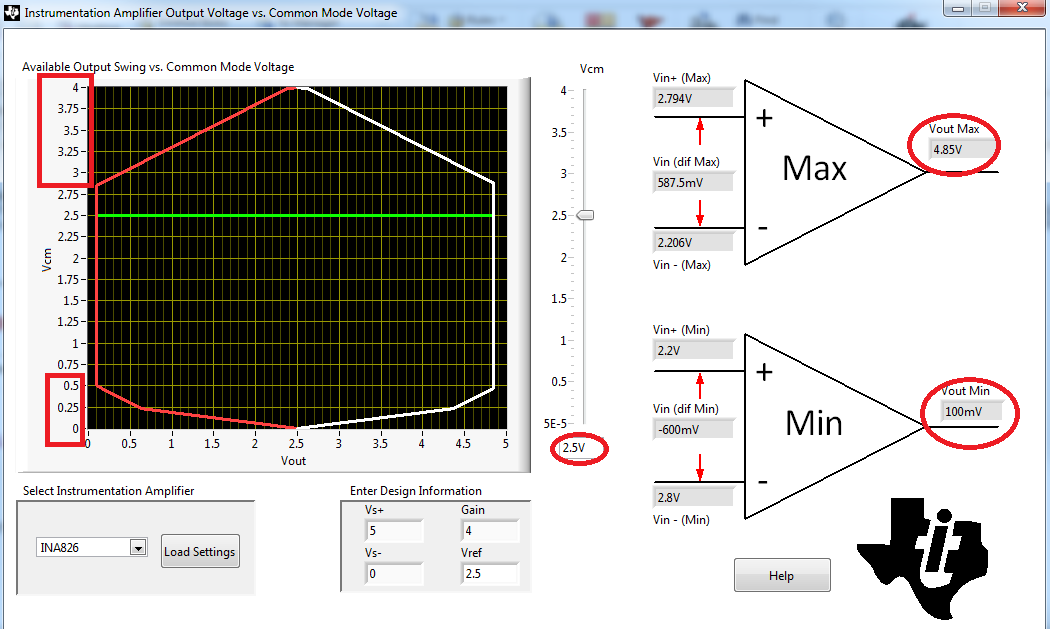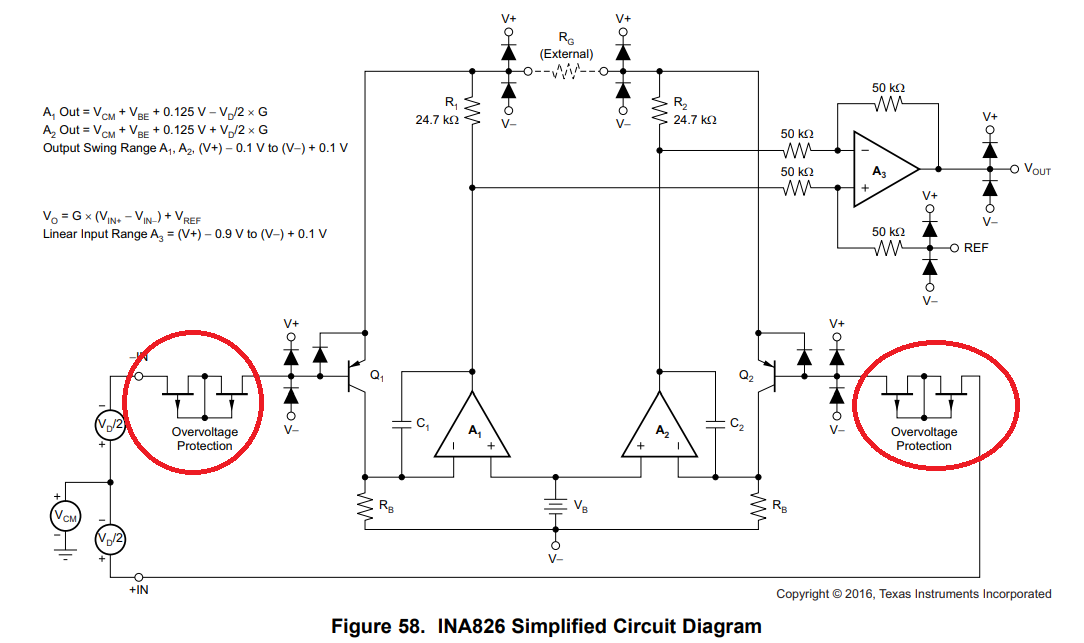Other Parts Discussed in Thread: OPA197, DRV401, INA828, TPS60403
When our cuetomer did impulse Noise test,they found attached waveform.
Vout goes to GND and then Vout returns after 5us.
Is Cause of this behavior Input Protection of INA826 ?
When they use OPA197 in same condition,they did't find this behavior.






